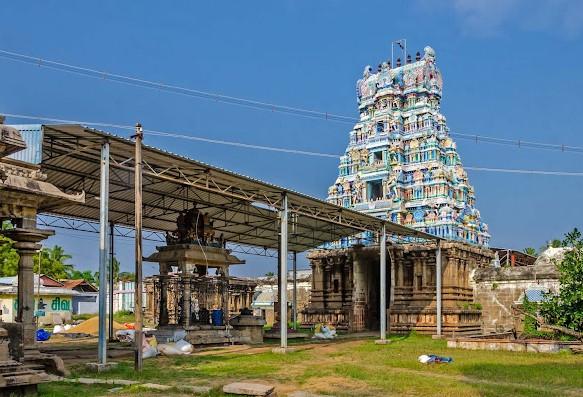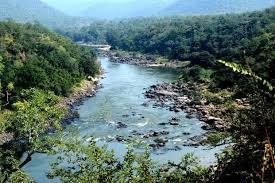- The Viruthapureeswarar Temple, located in Annavasal Village near Pudukottai Town in Pudukottai District, Tamil Nadu, is the 251st Thevara Paadal Petra Shiva Sthalam on the banks of the Pambar River (also known as Sarba Nadhi) and the 7th Sthalam in Pandya Naadu. The temple is dedicated to Lord Shiva, who is worshipped as Viruthapureeswarar (also known as Pazhampathi Nathar), and the divine consort is Dharmasamvardhini (or Aram Valartha Nayagi).
- As mentioned in the Devaram hymns, this temple is a significant Thevara Vaippu Sthalam. The temple is particularly revered by devotees born under the Kettai, Ayilyam, and Hastham stars. In ancient times, Annavasal was known as Annavayil. Sundarar, a Tamil saint, also referred to this place as Pazhampathi.
PURANIC SIGNIFICANCE:
Legend of Lord Brahman and the Creation of the Temple
Lord Brahmma lost his position as the Creator after he failed to explain the meaning of the Pranava Mantra. Seeking to regain his position, he was advised by Mother Parvathi to come to earth, where he installed a Sivalinga and began worshipping it. To facilitate the Abishekam (ritual bathing) of the Lord, Brahmma also created a tank for drawing water, which became known as Brahmma Theertha. As Brahmma has four faces, he made four faces on the Linga as well, giving rise to the Chaturmuka Linga (meaning four-faced Linga), which was the Linga worshipped by devotees in the early days.
Temple Construction and Architecture
In later years, King Sundara Pandian built a temple combining the architectural traditions of both the Pandya and Chola dynasties. In Chola temples, the Rajagopuram (main tower) is usually smaller while the Vimanam (shrine tower) is taller. In Pandya temples, the opposite is true. Since this temple integrates both traditions, both the Rajagopuram and Vimanam are taller. The Shivalinga is installed on a large Avudayar (a pedestal for the deity) in the sanctum sanctorum.
Lord Shiva's Name and Significance
The Lord is called Vruddhapureeswarar (meaning "the aged one") due to the ancient nature of the temple. In Tamil, he is also called Pazhampathinathar. The temple is considered very old, as it has ties to Lord Brahman, the Creator, symbolizing its ancient origins.
Devotees and Worship
Several deities and figures are believed to have worshipped Lord Shiva at this temple, including:
- Indra, who was cursed by Gautama Maharishi
- Brahmma, who had forgotten the creation of the universe
- Chandra, who was cursed by Daksha
- Vayu Bhagwan, who once deceived Lord Shiva (known as Shiva Thuroki)
- Adhiseshan, Vinayagar, Agasthiyar, and Cashista Maharishi
- The white elephant of Indra and Soundra Pandian also worshipped here.
It is believed that worshipping Lord Shiva at this temple is equivalent to worshipping all 14 temples of Pandya Nadu.
Speciality of the Shiva Linga
One of the unique features of the temple is the Shiva Linga, which has a circumference of 3 muzham for the Linga and 30 muzham for the Avudayar.
Divine Construction
It is believed that the temple was built by the Bhooda Ganas of Lord Shiva, further adding to its sacred and mystical significance.
ADMINISTRATION:
The administration of the temple is typically overseen by a Board of Trustees or Temple Committee, with the day-to-day management handled by the Chief Priest and supporting staff. Responsibilities include financial oversight, maintenance, conducting rituals, managing festivals, and engaging with the community. The temple may also receive government support or guidance, especially for larger or historically significant temples. The overall goal is to ensure the smooth operation of temple activities and the preservation of its religious and cultural heritage.

